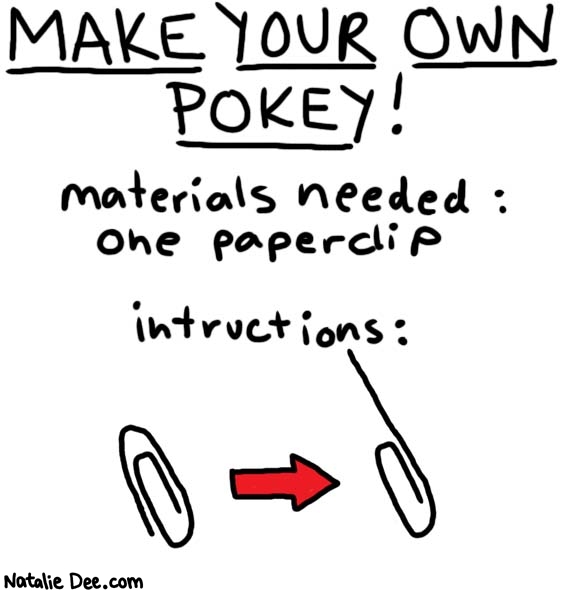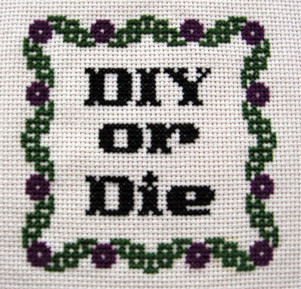
In many ways the DIY movement is predominantly a visual movement, because for most DIYers the fun is in creating something that fits your own unique aesthetic.
 |
| Some people have very interesting aesthetics |
Most of the items made by DIYers are valued mostly for their visual appeal; clothing, home furnishings, art, jewelry, and even the little necessary items like office supplies can be made out of things most people would throw away. These 'trash treasures' can be made into something unique and beautiful, and having been given new life, they can fulfill more than just the purpose they were initially intended for, if only someone is willing to put the time and effort into it!
The DIY movement is not concerned with creating great change in government policy, it is an individual grass-roots movement which is ubiquitous to every area of the world, and this community most often utilizes the internet as their medium for connecting, encouraging, inspiring, and sharing their various areas of interest and projects.
These websites are, of course, massively visual. Aside from the content posted by users of their individual projects, they also inevitably have some sort of logo which becomes a rallying point of sorts for users and usually has a re-purposing, DIY, renegade creation feel to it. Some examples of these logos are:
Threadbanger.com
 |
| Their main logo |
 |
| This image is often animated to show needles pricking both fingers, and then the thimbles descend and the attacking needles simply bounce off |
Cutoutandkeep.net
 |
| The site's main logo featuring a self-portrait of its creator Crafterella |
 |
| Learn HOW TO make stuff. So simple yet so inspiring. |
Craftster.org has many logos which cycle randomly in the upper left hand corner as you navigate through pages, each with a funny tagline and cute picture.










And I just like this one:
 |
| The Ultimate Tutorial |
Each and every one of these images are created with the encouragement and support of the DIY community in mind, and most of them use a little touch of humor to make them a wee bit less intimidating.

































